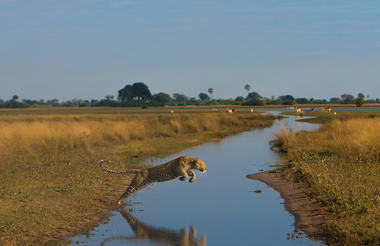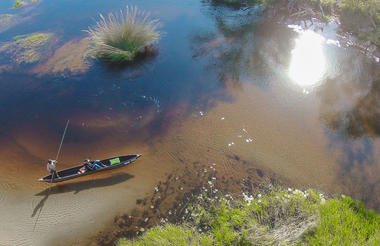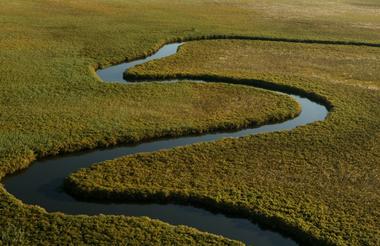Zambezi National Park is a National Park located upstream, just 5km from Victoria Falls on the Zambezi River in Zimbabwe and comprises 40km of Zambezi River frontage. It was split off from Victoria Falls National Park in 1979 and is 56,000 hectares (140,000 acres) in size. The park is bisected by a road to Kazungula, dividing it into a riverine side and a Chamabondo Vlei side. Most of the park is within the ecoregion of Zambezian and Mopane woodlands, while a small portion in the south is within the Zambezian Baikiaea woodlands.
The Zambezi National Park plays host to a wide variety of larger mammals including African elephant, lion, Cape buffalo and leopard. In addition to these charismatic members of the "big 5" there are herds of sable antelope, common eland, common zebra, Southern giraffe, greater kudu, waterbuck and impala. In addition, many species of smaller wildlife can be seen here.
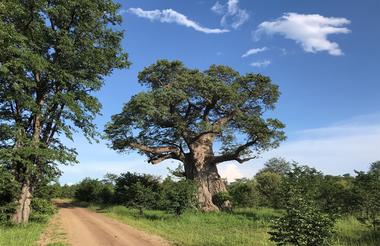
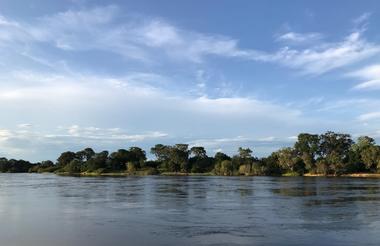
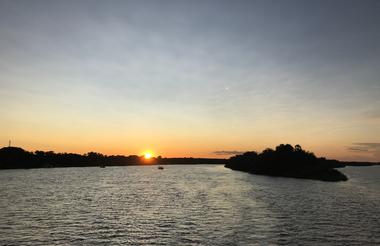
The Linyanti is a safari addict’s bush nirvana. One of the most remote and exclusive pockets of Botswana, this pristine wilderness is what great game viewing and wildlife documentaries are made of.
Only private concessions are on offer here, where the rules are flexible and the crowds can’t go. The Linyanti is not just for ticking off the big game; it also has a knack for delivering lesser-spotted bucket list items, whether it’s a rare bush pig or that long-searched-for wild dog.
Very few camps operate in the Linyanti. Each offers different habitats and landscapes with one common theme: a strong track record for game viewing during Botswana’s drier winter months. Together with the Chobe Riverfront, the Linyanti homes the highest density of African elephants in the world. Many camps also offer seasonally dependent water-based experiences, be it on a spillway, river, lagoon or channel to break up the game drive routine.
Just one of the Linyanti’s concessions alone is twenty times the size of Manhattan, yet only forty people can stay during any night of the year. If Botswana puts a heavy emphasis on preserving the wild and taking only a handful of people into the bush, then the Linyanti is where this concept is taken to the extreme.
Here, you can follow the big game off-road, whether in a white-knuckled pursuit of a lioness chasing buffaloes, or during a quiet crawl off-track to see wild dog puppies emerging from their den for the first time.
Possibilities exist for exploring the bush on foot for adrenaline-pumping game approaches, and many camps offer game viewing hides for a more relaxed approach to wildlife sightings, or even overnight sleep outs.
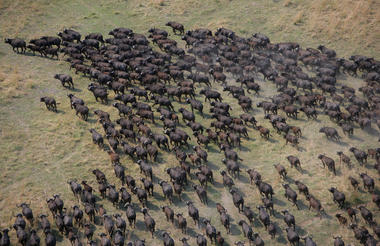
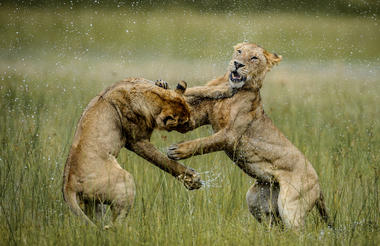
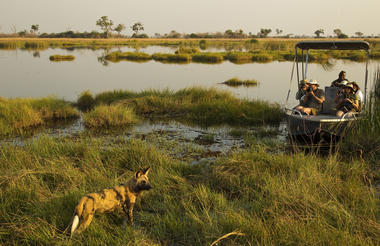
Looking at a map of Botswana, you’d miss Khwai completely if you didn’t know it was there. Wedged between the big-ticket attractions of Chobe National Park to the east and Moremi Game Reserve to the south, Khwai exists as a significant big game destination of its own.
Lying on the eastern fringes of the Okavango Delta with a rich wildlife population and no borders drawn around it on the map, Khwai is often overlooked in favour of its more famous neighbours, though in the winter months it can hold its own for the quality of big game viewing.
During your time here, you’ll spend most days exploring the narrow Khwai River, which forms the natural boundary to the Moremi Game Reserve on the south. The Khwai River is a beacon for wildlife and plays host to leopards stalking lechwe in the long grass, lions swimming from the banks to save their cubs’ during territorial disputes and crocodiles competing with wild dogs for a midday meal of impala.
As Khwai lies outside the parks, it offers the freedom and flexibility normally only possible with the heavier price tag of a private concession. Go off-road for a closer look at sightings, night drive in search of nocturnal species, and, with a little advance planning, head out on game walks to track wildlife on foot.
Khwai is also home to a village community where people live side by side with the resident wildlife. Some camps will offer village visits for a dose of cultural insight to go with your safari. For those not visiting the water camps of the delta, many camps in Khwai offer the chance to get out on a mokoro (traditional canoe), although excursions are less traditional in nature, skirting the riverbanks, rather than open delta floodplains.
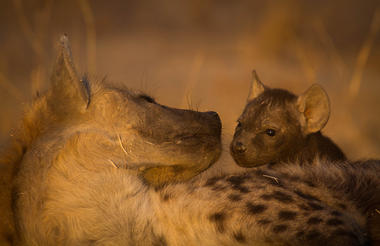
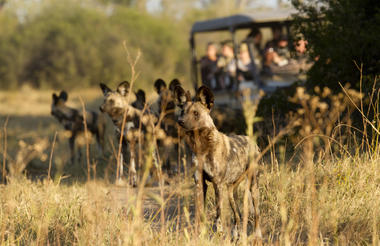
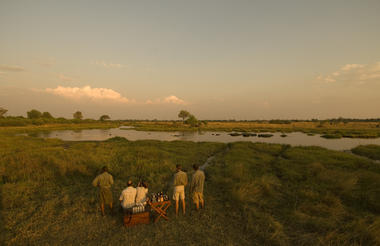
The Okavango Delta is where the wild things are: an immense, waterlogged oasis alive with elephants and birdlife, adrift in the middle of Kalahari sands. The real magic of the Delta lies in its water, trickling through from far away highlands, and spreading across the channels and floodplains.
During winter in the Kalahari, when the sun has baked the earth bare and turned the desert its driest, water fills the Okavango; transforming the floodplains into a Noah’s Ark of African wildlife.
As the water brings life to the delta, its local residents shape and recreate it. Termites slowly build mounds into islands, germinated with palm trees by passing elephants. Waterways open and close on the whim of wide-bottomed hippos, carving out channels where they crash through reeds, and leaving room behind them for exploration by mokoro.
The Okavango has many faces, which change throughout the year, prompted by that most unpredictable diva of all: the weather. Water levels rise and drop, expanding and shrinking islands, while animals move where the life is easiest and the grass greenest. In a few days, a sandy road driven by vehicle can become a waterway of unknowable depth, prompting a safari by boat instead.
Where and when you stay in the Okavango Delta will hugely influence what you do in the bush each day, the animals you’re most likely to see and finally, the safari experience you’ll have.
The delta’s watery heart is best discovered by mokoro through shallow channels and floodplains, as well as crossing the islands on foot. For less water and more of the big game, visit a camp on its drier edges (including Moremi Game Reserve and the Khwai Community Area), jump on a vehicle and seek out the animals hiding in the woodlands.
